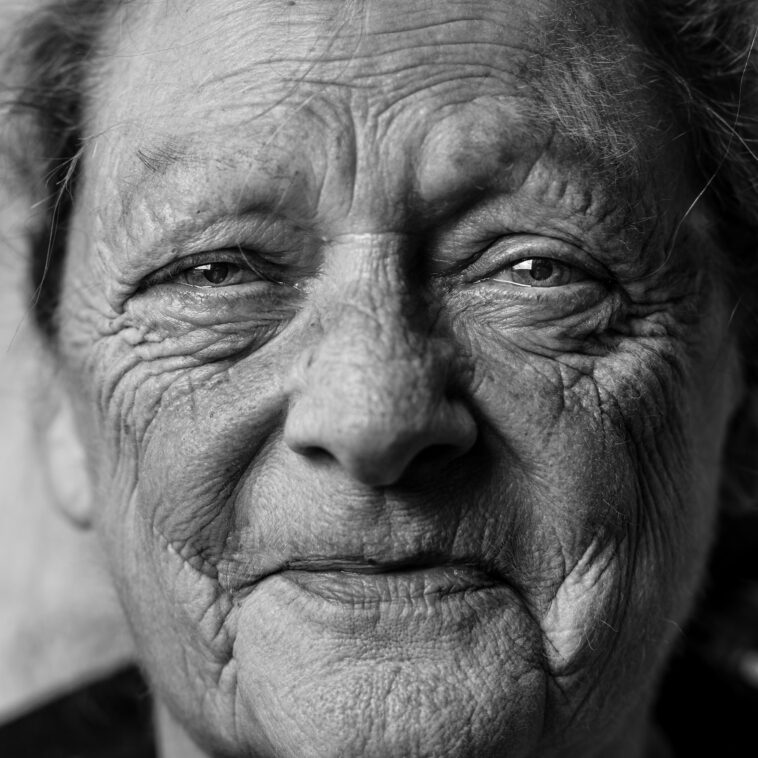- Definition and Evolution: Hyperrealism, a genre of painting and sculpture, mimics high-resolution photographs and evolved from photorealism.
- Historical Origins: The term was coined in 1973, encompassing works of American photorealists and European artists.
- Style and Techniques: Characterized by meticulous detail, hyperrealism presents a more emotive and narrative depiction than photorealism.
- Digital Influence: Hyperrealism leverages digital imagery, enhancing the realism and detail in artworks.
- Social and Cultural Themes: Artists often embed social, cultural, and political elements, offering commentary through their work.
- Notable Artists: The movement includes prominent figures like Carole Feuerman, Denis Peterson, and Chuck Close.
Hyperrealism in visual arts is an enthralling genre that transcends traditional boundaries of painting and sculpture, presenting artworks so lifelike they resemble high-resolution photographs. This remarkable style, emerging in the early 1970s, is seen as an evolution of photorealism, distinguished by its more refined and methodical approach. It has become a conduit for artists to express not just visual fidelity but also emotional depth and narrative complexity.
The Genesis of Hyperrealism
The term “hyperrealism” was first introduced in 1973 by art dealer Isy Brachot. The initial exhibition, held in Brussels, showcased the works of American photorealists like Chuck Close and Robert Bechtle, alongside influential European artists such as Gerhard Richter. This marked the beginning of hyperrealism as an independent movement, characterized by its unique blend of meticulous detail and narrative richness.
Artistic Style and Methodology
At its core, hyperrealism is more than just an imitation of photographs. It involves a delicate and complex focus on the subject, enhancing textures, lighting effects, and shadows to create a reality more vivid than the original photo or even reality itself. This attention to detail is achieved through various techniques, including the use of photographic slide projections, gridding, and digital tools.
Hyperrealist artists employ a variety of mediums, such as acrylics, oils, and digital tools, to achieve their desired effects. The incorporation of emotional, social, and cultural themes is a hallmark of the genre, allowing artists to extend beyond mere visual representation to engage with broader societal issues.
Digital Influence and Thematic Depth
In the era of digital photography, hyperrealism has adapted to incorporate the nuances of digital imagery. This has enabled artists to produce works with even higher resolution and precision. The thematic scope of hyperrealist art is broad, often touching upon social, cultural, and political issues. Through their work, artists like Denis Peterson and Gottfried Helnwein have provided commentary on subjects ranging from totalitarian regimes to societal decadence.
Prominent Figures in Hyperrealism
Several artists have become synonymous with the hyperrealism movement. Carole Feuerman, known for her lifelike sculptures, Duane Hanson, and John De Andrea are among the forerunners. Denis Peterson, recognized for his pioneering works and use of the term “hyperrealism,” has been instrumental in defining the movement’s aesthetic principles. Their contributions have been pivotal in shaping the direction and perception of hyperrealist art.
Conclusion
Hyperrealism stands as a testament to the extraordinary capabilities of visual artists, blurring the lines between art and reality. Through its meticulous attention to detail and incorporation of digital techniques, the genre offers a unique lens through which we can view and interpret the world around us. The integration of social and cultural narratives within these works underscores the power of art as a medium for commentary and reflection, making hyperrealism a significant and enduring movement in the world of visual arts.





